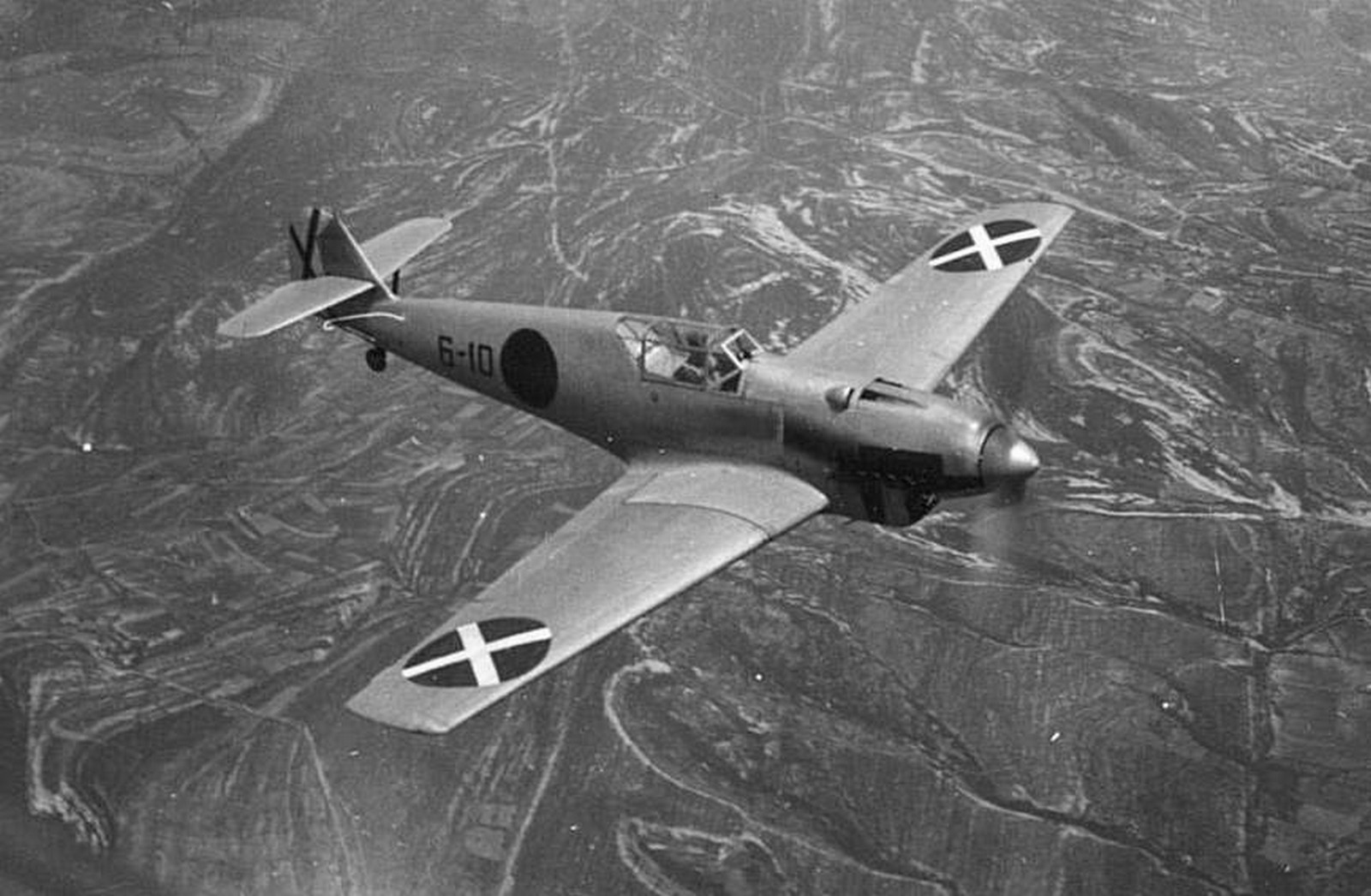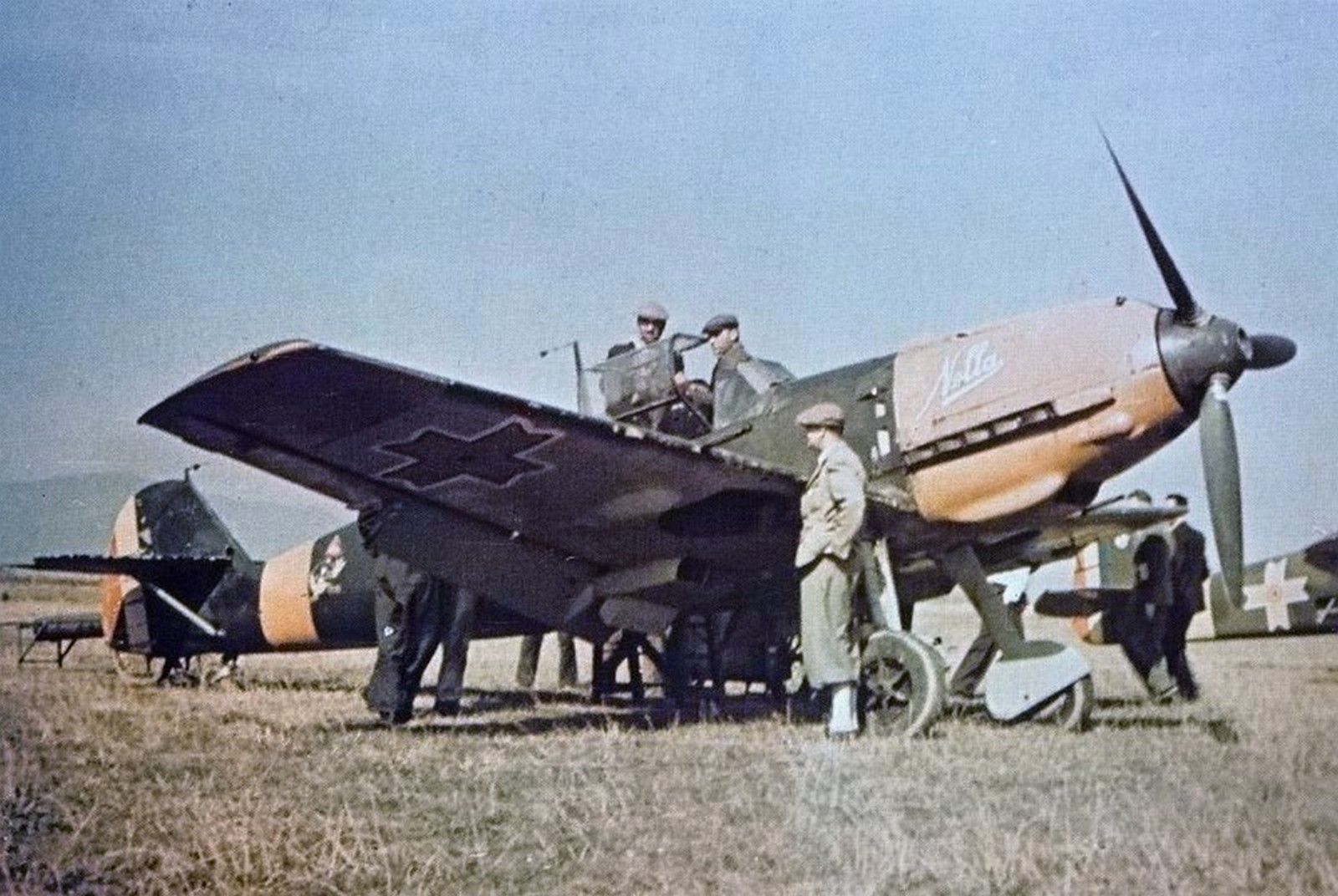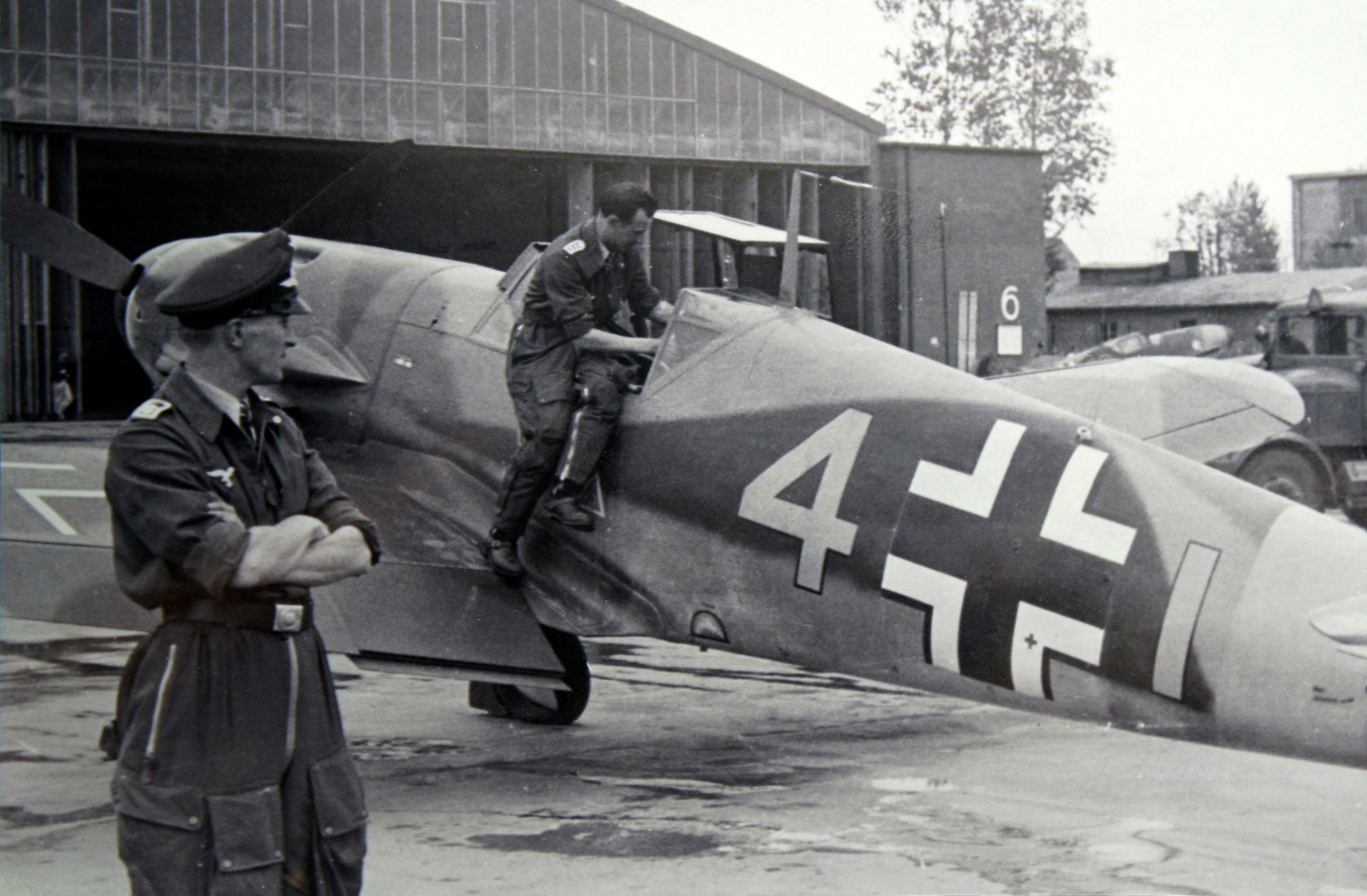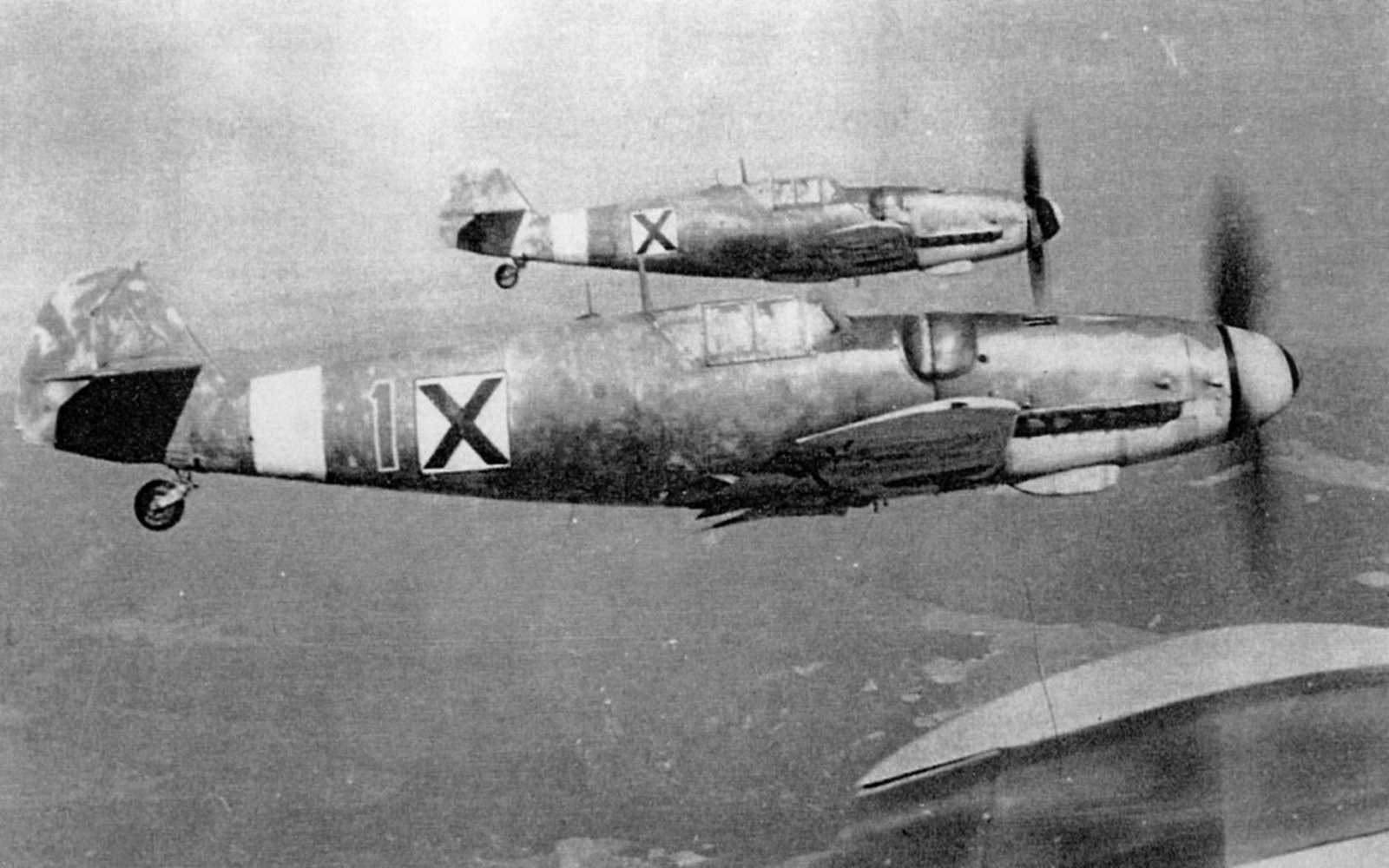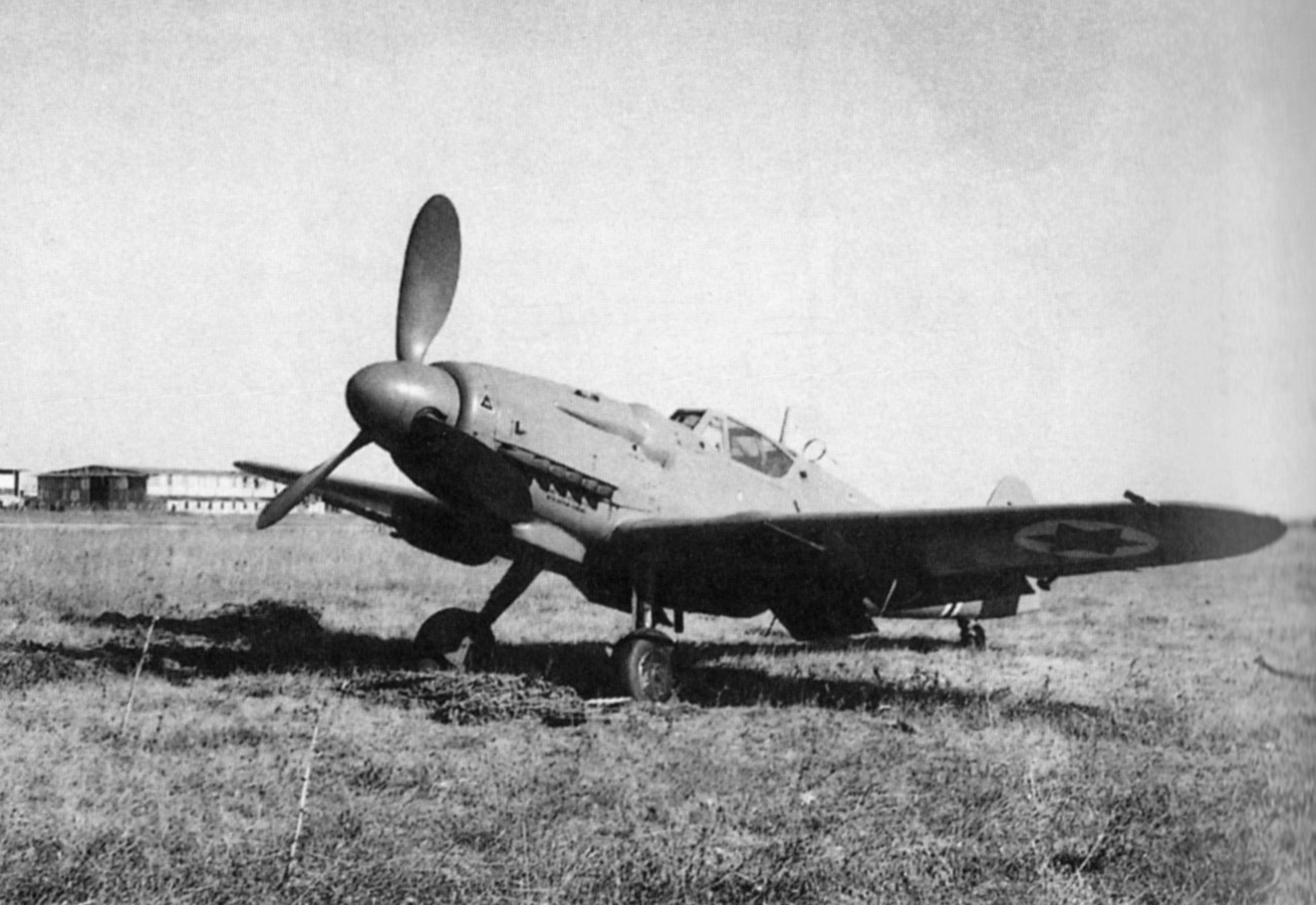The most mass-produced fighter in history, the Bf 109, turns 90
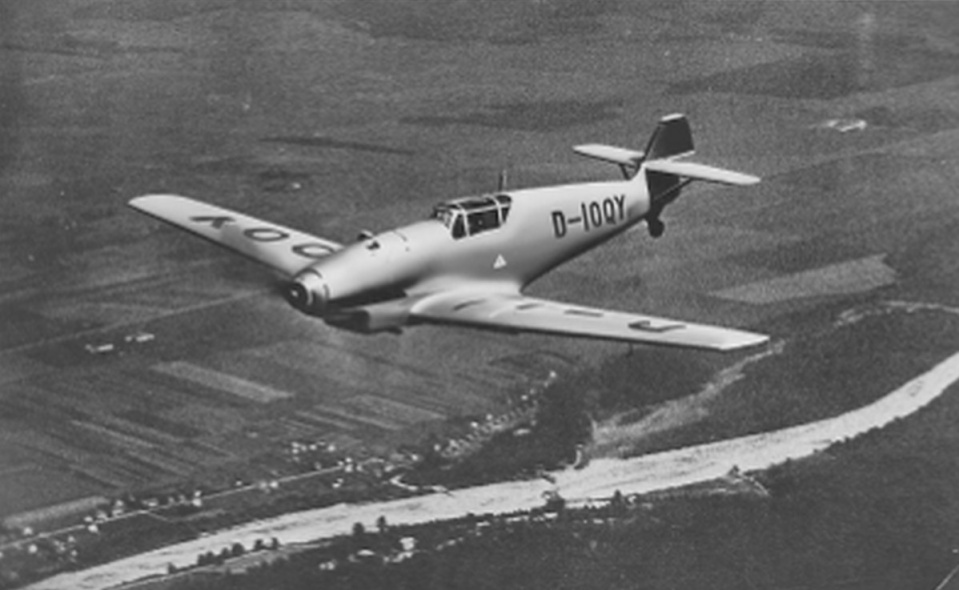
May 28 marked the 90th anniversary of the most mass-produced fighter in history, the Bf 109. On that day in 1935, its first prototype took flight from an airfield located on the southern outskirts of Augsburg (Germany, Bavaria). The aircraft was created by Bayerische Flugzeugwerke, whose design bureau was headed by Wilhelm “Willy” Messerschmitt.
Initially, the Bf 109 had many problems, including insufficient engine power, weak armament, and a narrow wheelbase, which made takeoff and landing difficult. However, the aircraft was very well designed, with a number of innovative solutions. Its design had enormous potential for development and was also “tailored” for mass production, simplified maintenance, and repair in the field. Messerschmitt's team continued to improve their “brainchild,” and even before the start of World War II, the Bf 109 had earned a reputation as one of the best fighters in the world. However, the narrow wheelbase remained its inherent flaw.
In the Third Reich, the Bf 109 was produced by several factories in Germany and Austria. In addition, licensed production of the aircraft under the names Hispano Aviaciоn HA-1109 and HA-1112 was established in Spain. In the final stages of the war in Europe, Messerschmitts began to be assembled in the Czech Republic at the Avia factory. In the post-war period, several hundred more aircraft were produced there, which were named Avia S-199 and CS-199. The total number of Bf 109 fighters built remains a matter of debate, but the figure of 33,984 is most commonly cited in the literature. This makes it the second most mass-produced combat aircraft in history, after the Soviet Il-2.
There are 11 known basic variants of the fighter and dozens of modifications. One of the most advanced is considered to be the Bf 109G-6, which was equipped with a Daimler-Benz DB 605A-1 liquid-cooled engine with a power of 1,455 hp. The aircraft had a length of 9.02 m, a wingspan of 9.92 m, a maximum take-off weight of 3,400 kg, a maximum speed of 642 km/h, and a range of over 1,900 km. It was armed with two 13 mm machine guns and one 20 or 30 mm cannon. It was designed to carry up to 250 kg of bombs.
Of course, the main operator of the Bf 109 was the Luftwaffe of Nazi Germany. Fighters of this type were also adopted by Bulgaria, Spain, Italy, Romania, Slovakia, Hungary, Croatia, Finland, Switzerland, and Yugoslavia. In the post-war period, Czechoslovakia and Israel joined them. Some Messerschmitts found their way into many other countries, including the USSR.
The Bf 109 saw combat for the first time during the Spanish Civil War in mid-1937. During World War II, Messerschmitts fought in almost all theaters of war in Europe, as well as in North Africa. The S-199 aircraft purchased by Israel from Czechoslovakia took part in the war with the Arabs in 1948. Spanish Messerschmitts continued to serve the longest, until 1965.

 Fan-page
Fan-page Youtube
Youtube TikTok
TikTok Aviamuseum
Aviamuseum State Aviation Museum
State Aviation Museum
